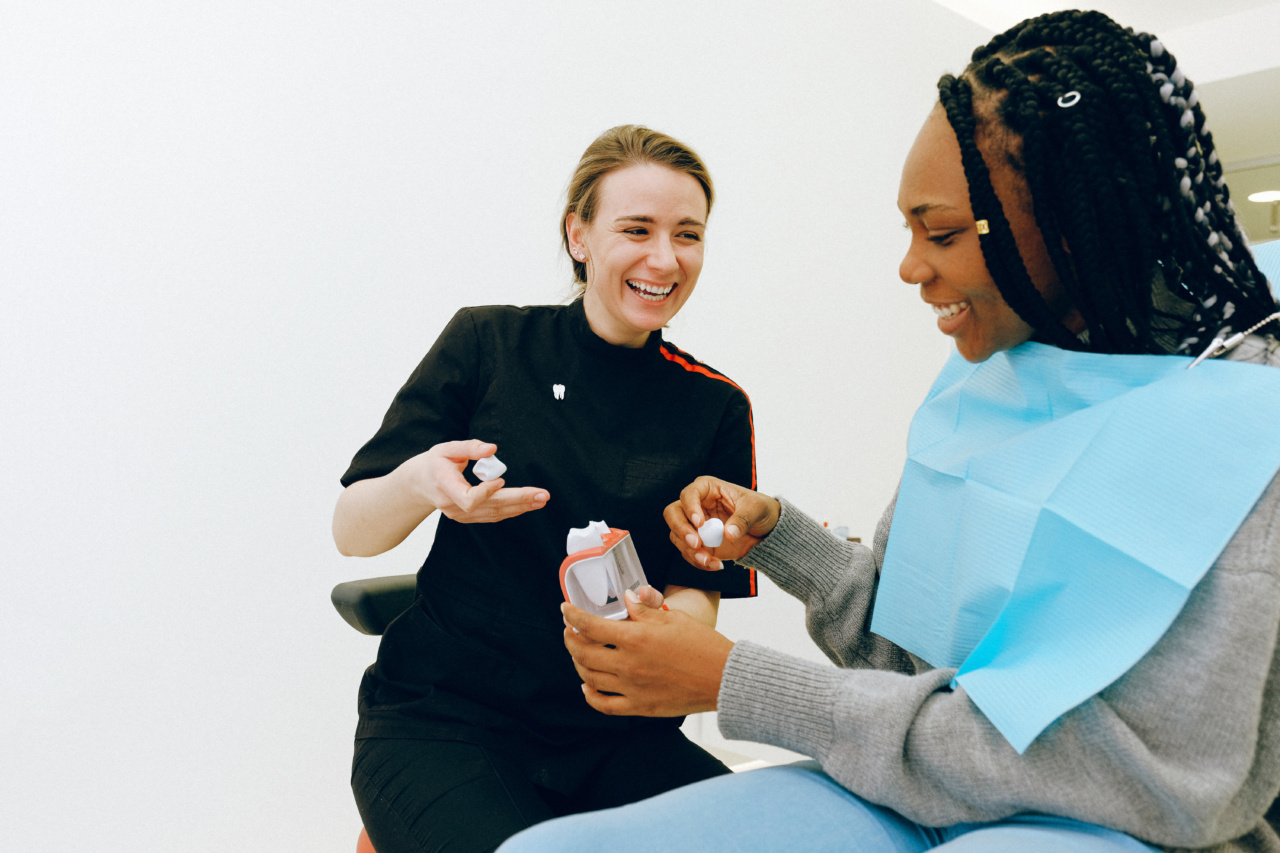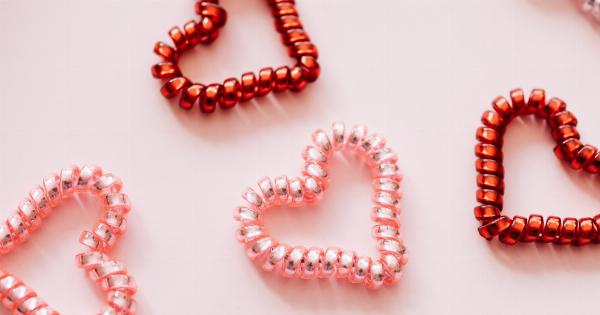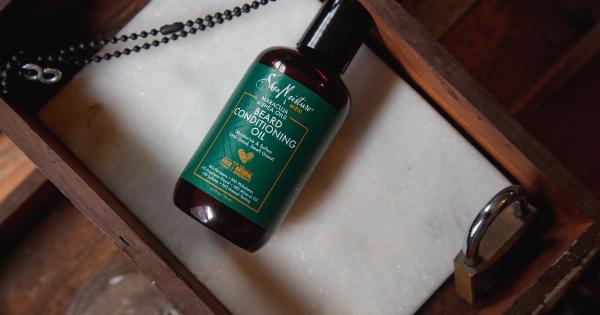Dry and fragile hair can be a frustrating issue to deal with.
Whether it’s due to excessive heat styling, chemical treatments, or simply genetics, having dry and brittle locks can make you feel less confident and struggle to achieve the hairstyle you desire. However, there are several measures you can take to prevent and treat dry and fragile hair, restoring its health and vitality. In this article, we have gathered 9 expert tips to help you combat this common hair concern.
1. Use a Moisturizing Shampoo and Conditioner
Choosing the right shampoo and conditioner is crucial when it comes to maintaining hair moisture.
Look for products that are specifically formulated for dry and damaged hair, as they usually contain nourishing ingredients like argan oil, shea butter, or jojoba oil. These moisturizing agents will help replenish the natural oils in your hair, leaving it softer and more manageable.
2. Limit Washing Frequency
Washing your hair every day can strip away its natural oils, making it drier and more prone to breakage. Try to limit the frequency of hair washes to every two to three days.
This will allow your scalp to produce and distribute natural oils throughout your hair, keeping it hydrated and healthy.
3. Avoid Hot Water
While a hot shower can be relaxing, hot water can dehydrate your hair and scalp. Opt for lukewarm water instead, and finish your shower with a cool rinse. Cool water helps seal the hair cuticles, locking in moisture and adding shine.
4. Pat Dry, Don’t Rub
After washing your hair, resist the temptation to vigorously rub it with a towel. This harsh rubbing action can cause breakage and frizz. Instead, gently pat your hair with a soft towel or a microfiber cloth to remove excess water.
5. Use Heat Protectant
If you frequently use heat styling tools like straighteners or curling irons, a heat protectant spray is a must-have. These products form a protective barrier over your hair, minimizing heat damage and preventing moisture loss.
6. Deep Condition Regularly
Introducing deep conditioning treatments into your hair care routine can work wonders for dry and fragile hair.
Apply a deep conditioning mask or treatment once a week and leave it on for the specified duration to allow it to penetrate deeply into your hair shafts. These treatments replenish moisture, repair damage, and improve hair elasticity.
7. Avoid Harsh Chemicals
Chemical treatments like relaxers, perms, and bleach can severely damage your hair and leave it dry and brittle. If possible, avoid these treatments altogether or seek professional help to minimize the damage.
Opt for alternatives like natural henna or plant-based dyes instead.
8. Protect Your Hair from Environmental Factors
Environmental factors such as excessive sun exposure, wind, and pollution can further strip moisture from your hair. To protect your locks, wear a hat or use a scarf when spending time outdoors.
You can also apply a leave-in conditioner or hair serum with UV protection.
9. Invest in Silk or Satin Pillowcases
Regular cotton pillowcases can cause friction and lead to hair breakage. Switching to silk or satin pillowcases can help reduce friction, resulting in smoother and less tangled hair.
These materials also help retain moisture and prevent the absorption of natural oils from your hair.
Conclusion
By incorporating these expert tips into your hair care routine, you can effectively prevent and treat dry and fragile hair. Consistency is key, so be patient and give your hair time to regain its health and resilience.
Remember, well-nourished and moisturized hair is not only beautiful to look at but also boosts your self-confidence.






























